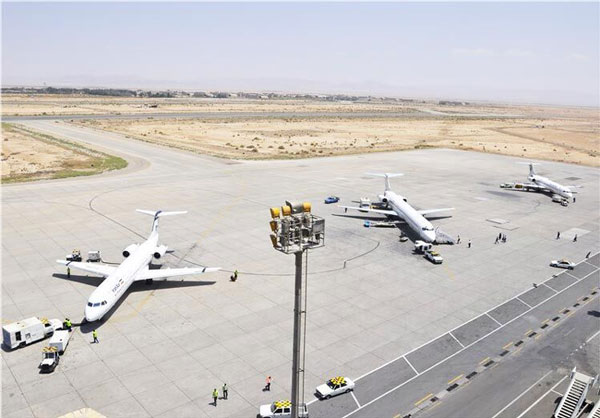Iran to establish foreign investment promotion agencies
The acting head of the Organization for Investment, Economic and Technical Assistance of Iran (OIETAI) said the country will soon launch foreign investment promotion agencies to streamline licensing, residency, and currency-related procedures for international investors.
Mehdi Heidari said at the “Foreign Investors: Opportunities and Challenges” conference that the agencies will provide integrated services to ensure efficiency and respect for investors while facilitating the entry of foreign capital.
He added that, under a new decision by the Foreign Investment Board, investors may now bring gold into the country as capital, which can be traded on the Iran Mercantile Exchange or the Currency and Gold Exchange Center. The move is intended to preserve investors’ asset value while supporting entry into production and export sectors.
Heidari noted that establishing these agencies will help remove key barriers in licensing, residency, and currency procedures. He also said decision-making authority will be delegated to provinces, with investment board meetings held locally based on regional potential.
He stressed equal treatment for domestic and foreign investors, calling for special incentives such as dedicated industrial parks for foreign investors to encourage participation. He also highlighted the importance of regularly updating provincial investment service packages to effectively showcase local opportunities.
Water inflow into Iranian dams drop 40% amid dry autumn
Water inflow into Iran’s dams has fallen by 40 percent since the start of the current water year (late September), reflecting the severe dry conditions that have gripped the country this autumn.
According to the Energy Ministry, only 1.48 billion cubic meters of water entered the country’s dams between late September and mid-November, compared with three billion cubic meters in the same period last year.
During the same time, about three billion cubic meters of water were released from reservoirs to meet drinking, agricultural, industrial, and environmental needs — a 26 percent decrease from last year’s 4.05 billion cubic meters.
Currently, total stored water in Iran’s reservoirs stands at 17.12 billion cubic meters, filling just 33 percent of the total capacity, with 67 percent remaining empty.
This compares with 22.92 billion cubic meters a year earlier, representing a 25 percent decline in overall reserves.





ارسال دیدگاه
مجموع دیدگاهها : 0در انتظار بررسی : 0انتشار یافته : ۰